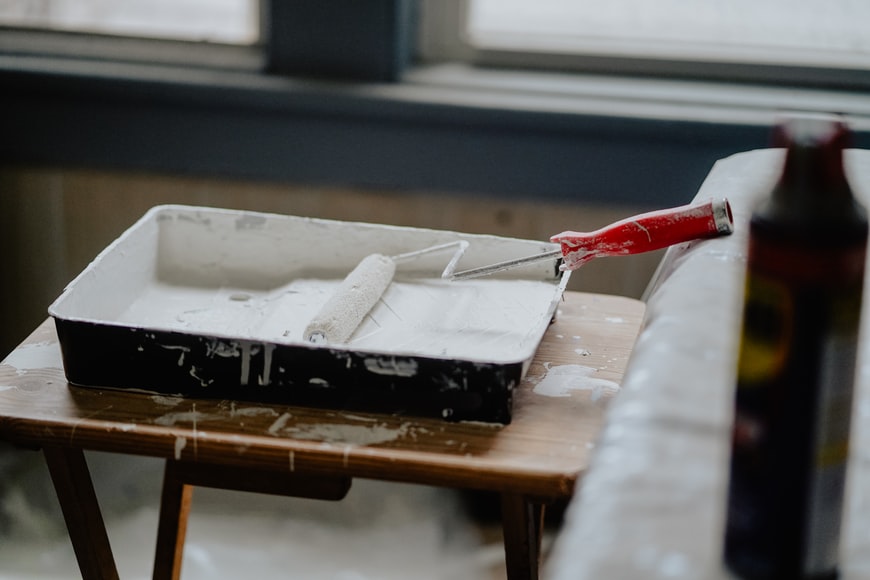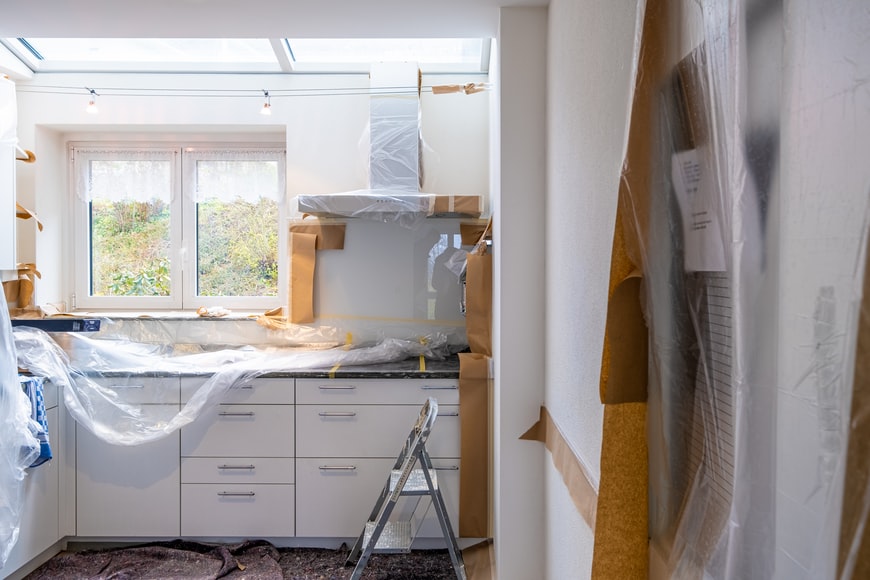The process of residential renovation is overwhelming and strenuous if one is doing it for the first time. Renovation involves multiple details that can become formidable. But homeowners are likely to do whatever it takes to renovate their homes and keep their families safe.
They help choose, prioritize, and come up with the right home plan that will reduce one’s stress level while keeping them on a schedule and budget. Here are some practical ways and steps for planning residential restoration.
5 Ways to Residential Restoration
1. Inquire A lot from the Contractor
When planning for a home renovation, one should not be afraid to inquire about the right step to follow during the restoration process. One can get a professional opinion on their restoration budget, material, schedule, and the right team to work with.
After inquiry, one should stick to their plans as possible. They should not allow a contractor to force them to get expensive services or products unless there is a good reason behind it. The reason why one needs a professional opinion is to validate their plan and avoid severe mistakes.
2. Be Ready for Problems during Restoration
There are more possibilities of a remodeling plan going wrong, and it should not let one down. Plan for issues and delays that may tamper with the budget cost and add more days to the project timeline. It will reduce one’s stress level and overspending during residential restoration and will help one stick to their plan as much as possible.
3. Prioritize Structural Projects
The first thing to do when planning for a residential renovation is to prioritize all structural projects. If the residential electrical system, roof, or foundation needs improvements, work on them before making the general changes. While the kitchen enhances one’s daily life, a leaking roof may cause damage to the kitchen if it is not addressed as the first problem sign.
4. Plan for Waste Removal Ahead
There is no need to wait until the concrete is piled up on the pavement to think of waste removal. The cost of waste removal should be included in the renovation budget. One should also ensure they discuss it with the contractor before the beginning of the project. Come into terms with the right person to offer a waste removal solution, where the construction debris will be located, and what will be disposed of.
5. Document the Restoration and Backup Process
Come up with backup operation procedures before the restoration process. This includes alternative ways to access and store renovation data during the procedure, keeping in mind some infrastructures may be compromised. Documenting the restoration process is effective and safe. In case of a disaster, it is easier to retrieve them from managed IT services or leveraged cloud services.
Steps to Follow When Planning for a Residential Restoration
1. Come up with a Detailed Residential Renovation Plan
The first step of remodeling is to build a precise plan that indicates the aim of the renovation, the work outline to be completed, and designing inspirations. The renovation plan should include a list of the project needs and wants, sketches or blueprints of the complete project, and division steps that need professional expertise and DIY steps.
In this step of home renovation planning, one should check their local laws and regulations on renovation to ensure it is permitted. Also, one should find out the permits they need to start and complete the renovation project. In case one is completing a project that will change the appearance of their home, they need a permit. One should apply for a permit before setting the project’s timeline and hiring a team—the best time to do this is one year before starting the renovation project.
2. Come Up with a Budget
The other step of residential restoration is setting the budget and financing. The budget should include building materials, permits, and the cost of decoration, cosmetic changes, and labor. To develop the proper budget, one should determine their financing and how much they want to spend and set aside ten percent of their budget on unexpected expenses. Get a cost estimation from professional contractors and check the price of the needed materials.
3. Hire Contractors
The next step in a home planning project is hiring the right team. One should not only hire contractors based on their cost estimates. When finding the right team of contractors, one should consider their years of experience, payment schedule, contracting license, and insurance certificate.
When hiring multiple contractors, they should determine who will be in charge of the project before they begin to avoid slowdown and confusion. The team of contractors should show their expertise and support to complete the project successfully.
4. Set a Timeline
Once one has their team and budget for the residential restoration project, it is time to develop the project timeline. The first thing one should do is choosing the time to start the project, when they need it complete, and start working from that date. One should also discuss the timeline to be sure it aligns with the project portions. Discuss the renovation steps that need to be completed upfront, how long they need to take, and the project portion that can be completed.
5. Be ready for the Residential Renovation
After setting project planning and almost the end, it’s time to prepare the space, go through the plan, and ensure the room under construction is not in use. Whether one should stay in their home during restoration depends on the type of work being done.
If one is restoring their kitchen space, they need to look for a temporary cooking place and shift their kitchen appliances and utensils. If it is the living room or bedroom, they should look for a convenient place to store their furniture for some time. If one is planning to restore the entire home, they might have to move out for some time.
Residential restoration can be overwhelming but becomes easier with the correct details and steps. Use the steps and ways above to restore a residential space after damage for safety purposes.
Read Also:
























